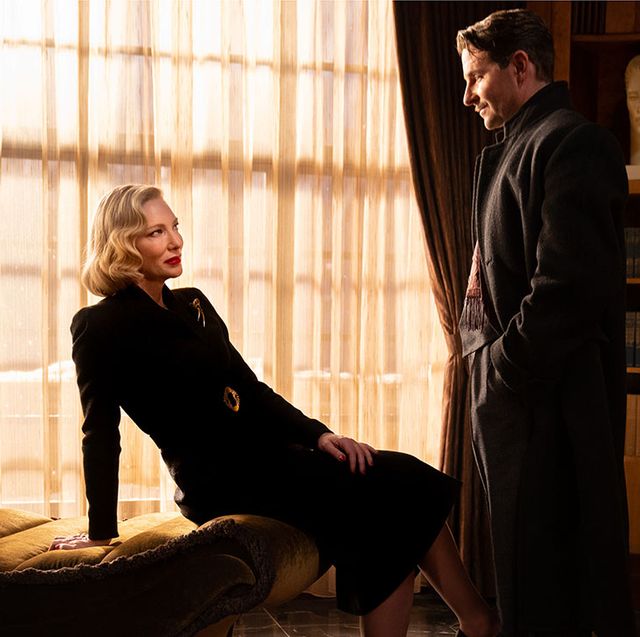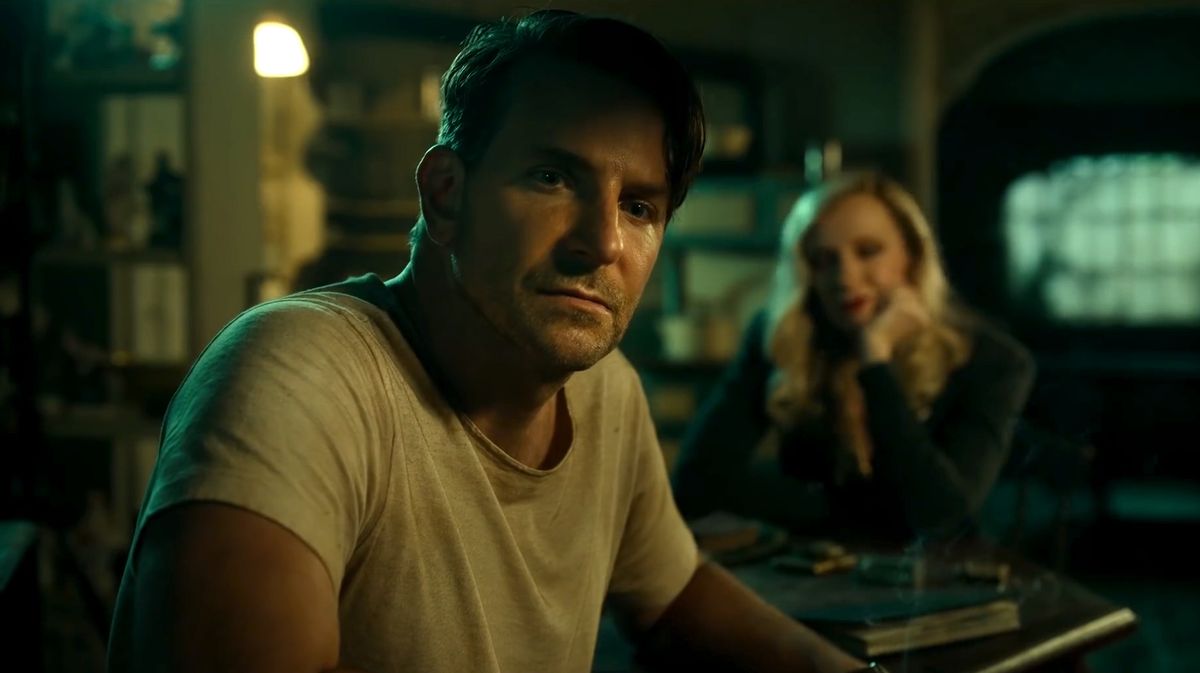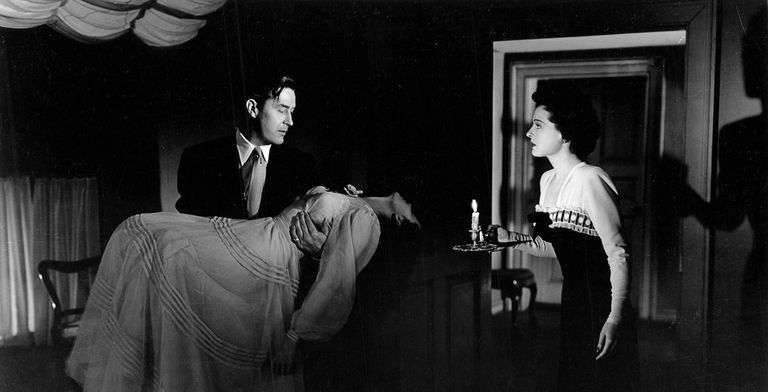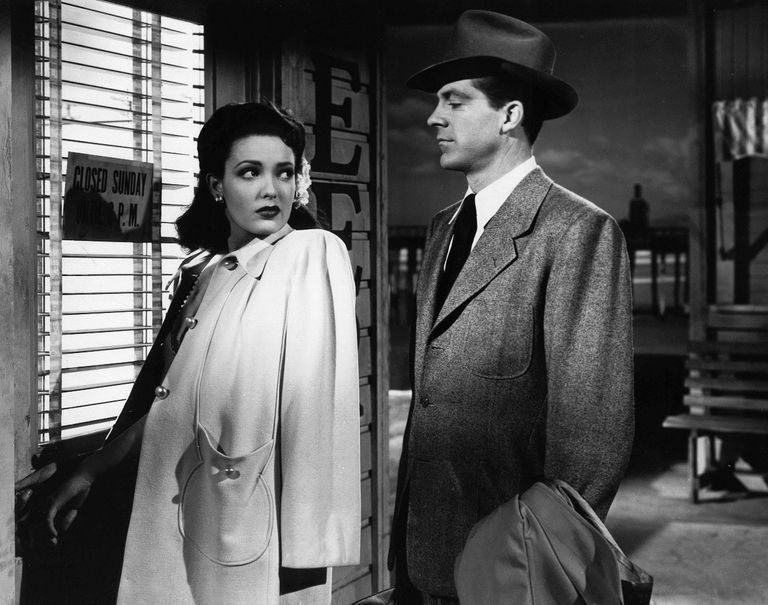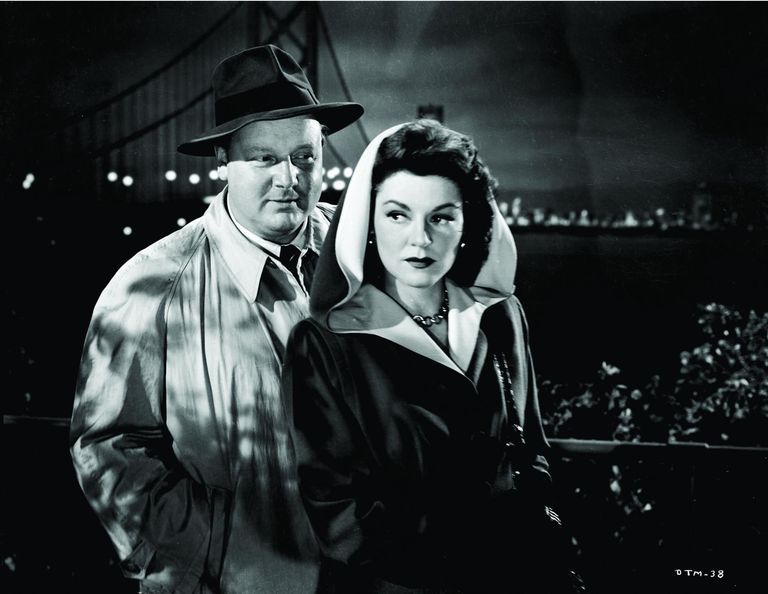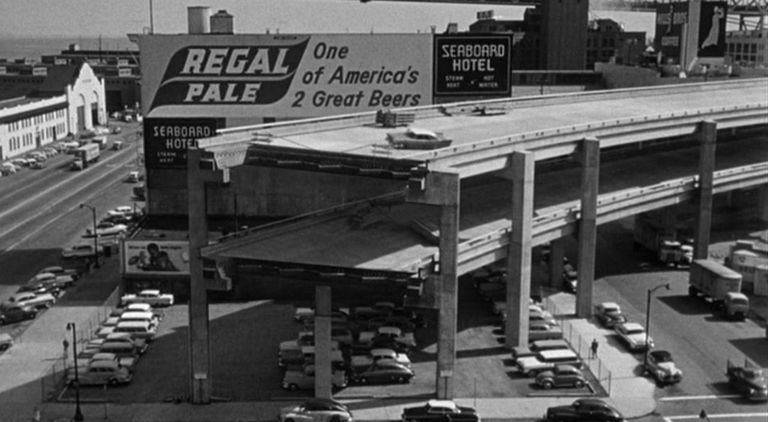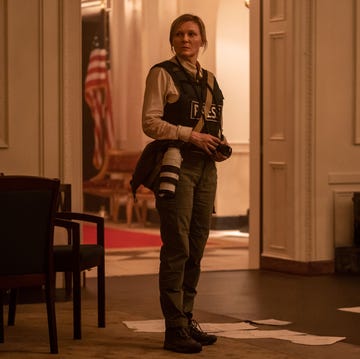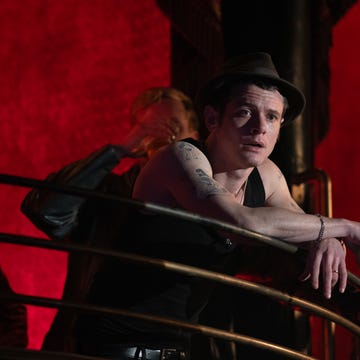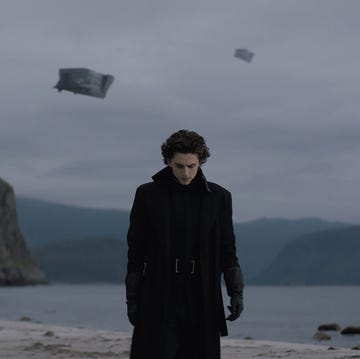For Guillermo del Toro, the Mexican director behind cult fantasy film Pan's Labyrinth, as well as multi-Oscar winner The Shape of Water, the noir movie is America’s Greek tragedy. No other genre better captures the hubris which precedes a downfall, nor the desperate depths and consuming paranoia that come next.
In his new film Nightmare Alley, del Toro adapts Edmund Goulding's 1947 noir of the same name, based on the novel by William Lindsay Gresham. In reviving this era del Toro naturally had one eye on the noir movies of the Forties and Fifties, drawing on the bleak but beautiful light they showed the world in to replicate the dramatic and sinister mood of cinema of the time. “The films that affected this movie were the more brutal and merciless noirs,” he says over video call from Los Angeles. “They are less concerned with making an elegant spectacle and more concerned with a pessimistic outcome.”
The Uninvited (1944)
The treatment of the supernatural in Lewis Allen's The Uninvited has stayed with del Toro since he watched it in his youth. “I love this movie because one of the things [Allen] does is show we have to be afraid of the living and not the dead, which I completely agree with,” he says. “Every time I make a movie I always say the real monsters are the humans not the fantastical ones.”
The cruelty that the humans inflict in Nightmare Alley is something del Toro admits he struggles to watch in films. “My wife [and screenwriting partner Kim Morgan] laughs at how I twist and contort in pain when a tragedy befalls a character,” he says. “I'm very empathic with the characters on screen, whether I judge them to be good or not.”
Fallen Angel (1945)
Stalwart Austro-Hungarian director Otto Preminger made several influential noir films, but it is this story of a man accused of killing the waitress he attempted to seduce with his wife's money that inspired del Toro's Nightmare Alley. “Preminger brings a very luxurious, sense of style and design, which is elegant, elevated and dreamlike,” he says.
He continued: “Fallen Angel is a portrait of a tough woman [played by] Linda Darnell, who was one of the favoured actresses by [director] Darryl F. Zanuck. You see her shine with a flinty, glorious edge in this movie, and then Dana Andrews, who was in my opinion one of the best leading men in noir, because he kept everything bottled up. A close-up of Dana Andrews is worth 100 close-ups of any other actor, whether he is suffocating in passion or on the edge of his jangled nerves.”
Born to Kill (1947)
Nightmare Alley begins in a carnival where down-on-their-luck drifters come and go. As in the casino in Born to Kill, the 1947 noir from Robert Wise that del Toro was inspired by, it is a liminal space where tricks are turned and every day people win and lose. “What is fascinating to me is the carnival is a very brutal place, but it's very honest about being dishonest,” del Toro says.
“The city [in Nightmare Alley] presents itself like the character in Born to Kill: a place of people of good standing, and yet they are even more monstrous. It is a portrait of a couple who identify each other as predators and are consumed by passion and murder, and is reminiscent of hard-boiled literature like James M Cain. A couple of the murders in the movie are shocking, even in 2022.”
Too Late for Tears (1949)
The anti-heroine of Nightmare Alley is Cate Blanchett's dazzling and dangerous character Lilith Ritter, a figure who del Toro made as a corrective to the femme fatale figures of noir cinema who so rarely triumphed. “This movie is the story of a housewife that stumbles upon a bag of money that literally falls on her lap, and reveals herself to be utterly merciless,” del Toro says of Byron Haskin's 1949 film Too Late for Tears, from which he took inspiration. “As the movie progresses you kind of understand the anxious energy and vital impulse of [her] getting out of doldrum domestic life that she has.”
“Lizabeth Scott [who plays Jane Palmer in Too Late for Tears] is an actress who many at the time tried to paint as very ambitious and ruthless in getting roles. I find that even more fascinating because one of the things that gave birth to the femme fatale notion was that people were very scared of women with agency. The only way they could accept it was to have her be punished at the end.”
The Lineup (1958)
Don Siegel's The Lineup, a suspenseful noir thriller about a man using the luggage of unsuspecting travellers to transport drugs, and the two policeman in pursuit of him, is one that del Toro loves for the realistic edge the camera direction brings. “It is, I think, a really interesting [depiction] of a city that we normally consider sunny and beautiful, which is San Francisco,” he says.
“Just as Hitchcock made San Francisco an enigma, and a very gothic city of shadows and twisted perspectives, Don Siegel makes the city a very unforgiving, very cruel, sunlit urban nightmare. His filmmaking is very precise and austere, and I was very compelled to bring a little bit of that edge to the way we portray the city in Nightmare Alley.”
